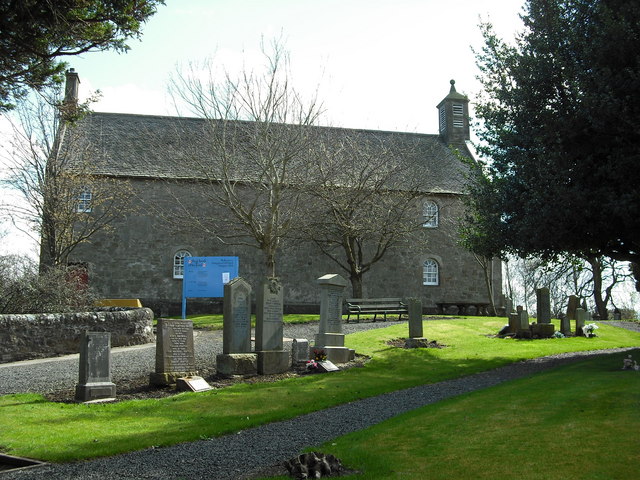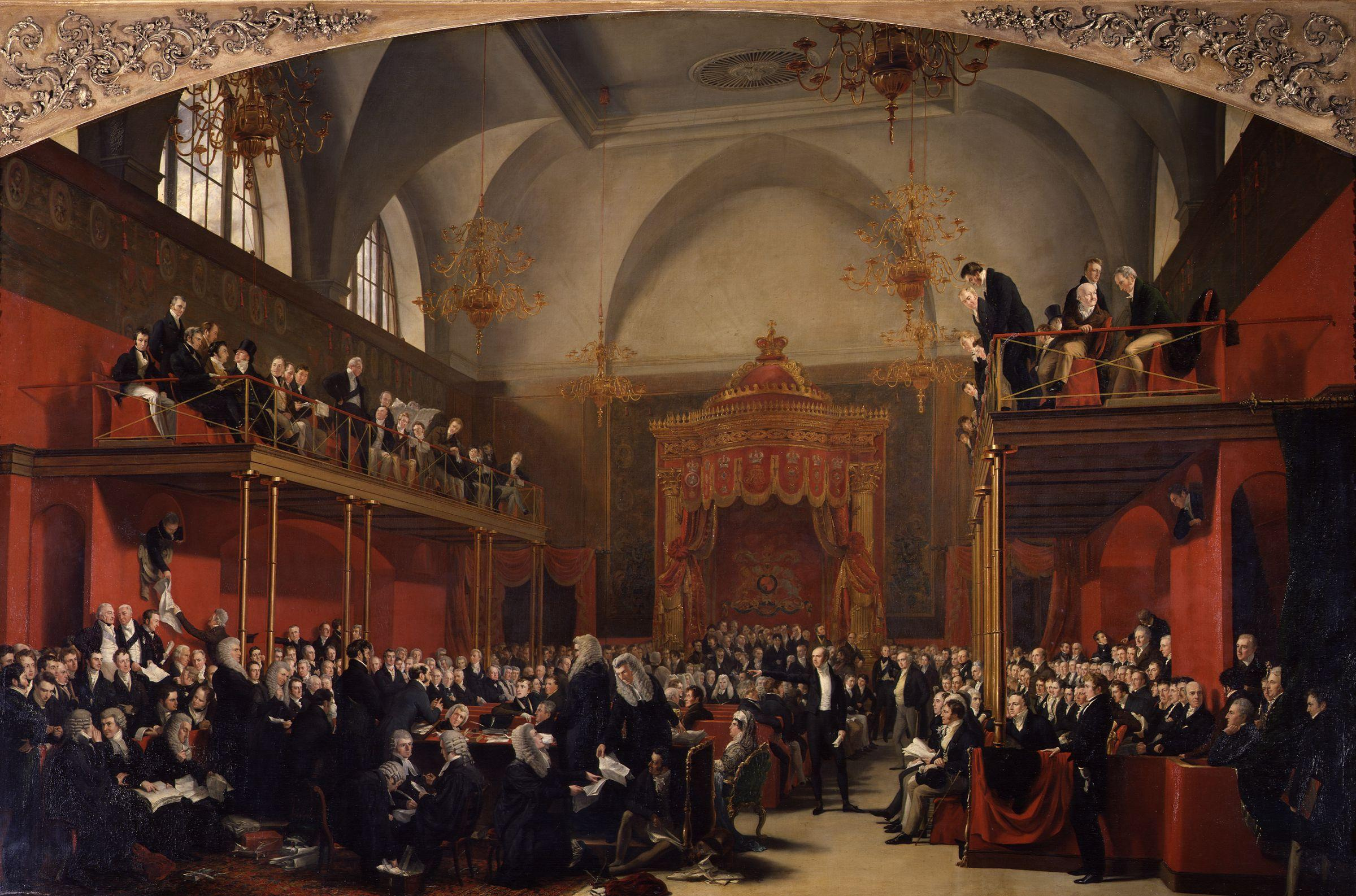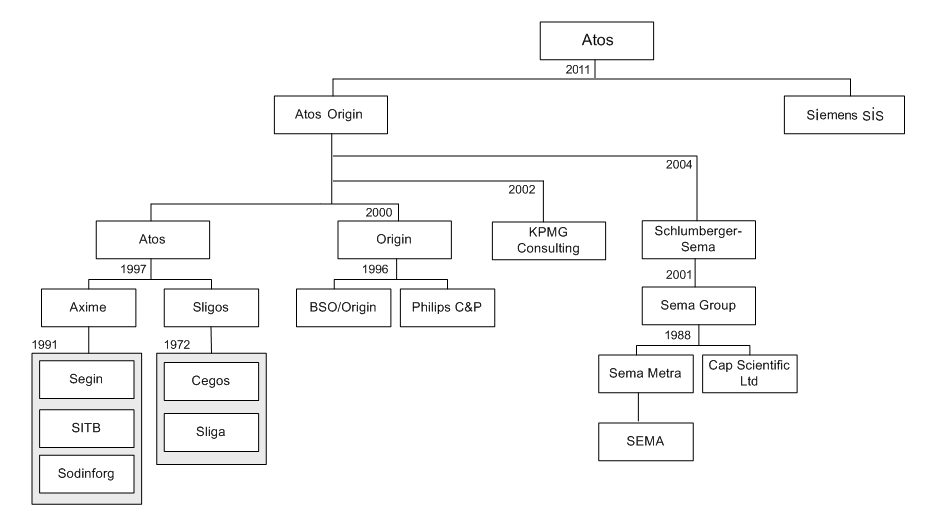|
Eliburn
Eliburn is an area, primarily residential, in Livingston, West Lothian, Scotland. Eliburn is bordered by Deans to the north, Ladywell to the west and Livingston Village to the south. History The original fortified tower (Livingston Peel) of Livingston was located in Eliburn (the name evolved from the later title of Elibank). The tower house was later occupied by the Murrays of Elibank. In 1670, the Edinburgh botanic garden was founded by Dr. Robert Sibbald and Dr. Andrew Balfour using the plant collection from the Elibank private gardens of Sir Patrick Murray, 2nd Lord Elibank, following his death in September 1671. In the late 17th century, the Peel was demolished and replaced by a house called Livingston Place. The estate eventually passed from the Murray family to the Cunningham family and it was eventually acquired by the Earl of Rosebery in 1828 and demolished in 1840. The area of the former gardens and house is now a local garden and park, named Peel park. The formal la ... [...More Info...] [...Related Items...] OR: [Wikipedia] [Google] [Baidu] |
Livingston, West Lothian
Livingston ( sco, Leivinstoun, gd, Baile Dhunlèibhe) is the largest town in West Lothian, Scotland. Designated in 1962, it is the fourth post-war new town to be built in Scotland. Taking its name from a village of the same name incorporated into the new town, it was originally developed in the then-counties of Midlothian and West Lothian along the banks of the River Almond. It is situated approximately fifteen miles (25 km) west of Edinburgh and thirty miles (50 km) east of Glasgow, and is close to the towns of Broxburn to the north-east and Bathgate to the north-west. The town was built around a collection of small villages, Livingston Village, Bellsquarry, and Livingston Station (now part of Deans). The town has a number of residential areas. These include Craigshill, Howden, Ladywell, Knightsridge, Deans, Dedridge, Murieston, Almondvale, Eliburn, Kirkton, and Adambrae. There are several large industrial estates in Livingston, including Houston indust ... [...More Info...] [...Related Items...] OR: [Wikipedia] [Google] [Baidu] |
West Lothian
West Lothian ( sco, Wast Lowden; gd, Lodainn an Iar) is one of the 32 council areas of Scotland, and was one of its historic counties. The county was called Linlithgowshire until 1925. The historic county was bounded geographically by the Avon to the west and the Almond to the east. The modern council area occupies a larger area than the historic county. It was reshaped following local government reforms in 1975: some areas in the west were transferred to Falkirk; some areas in the east were transferred to Edinburgh; and some areas that had formerly been part of in Midlothian were added to West Lothian. West Lothian lies on the southern shore of the Firth of Forth and is predominantly rural, though there were extensive coal, iron, and shale oil mining operations in the 19th and 20th centuries. These created distinctive red-spoil heaps (locally known as " bings") throughout the council area. The old county town was the royal burgh of Linlithgow, but the largest town (and the ... [...More Info...] [...Related Items...] OR: [Wikipedia] [Google] [Baidu] |
Ladywell, Livingston
Ladywell ( Scots: Leddywall) is an area, primarily residential in Livingston, West Lothian, Scotland. It is bordered to the north by Knightsridge, to the south by Howden, to the west by Eliburn and to the east by the A899 road. History Ladywell was one of the earlier areas of new town housing in Livingston, primarily built over the 1960s and 1970s. Ladywell is split in to two areas; Ladywell East with street names with the suffix "Bank" which are all named after features of nature, and Ladywell West with street names suffixed "Brae" which are names after birds of prey and water fowl. Ladywell takes its name from a historic well that was dedicated to Mary Mary may refer to: People * Mary (name), a feminine given name (includes a list of people with the name) Religious contexts * New Testament people named Mary, overview article linking to many of those below * Mary, mother of Jesus, also calle ... and was said to have been used by medieval Scottish Kings as a site for a ye ... [...More Info...] [...Related Items...] OR: [Wikipedia] [Google] [Baidu] |
Archibald Primrose, 4th Earl Of Rosebery
Archibald John Primrose, 4th Earl of Rosebery (14 October 1783 – 4 March 1868), styled Viscount Primrose until 1814, was a British politician. He was the eldest son of Neil Primrose, 3rd Earl of Rosebery and his second wife, Mary Vincent. Primrose was educated at Pembroke College, Cambridge, gaining his MA in 1804. He was Member of Parliament for Helston from 1805 to 1806 and Cashel from 1806 to 1807. He succeeded to the earldom in 1814, and was created Baron Rosebery, of Rosebery in the County of Edinburgh, in the Peerage of the United Kingdom, in 1828. He was appointed a Privy Counsellor in 1831 and a Knight of the Thistle in 1840. He was a Fellow of the Royal Society. He was the grandfather of Archibald Primrose, 5th Earl of Rosebery, who served as Prime Minister of the United Kingdom from 1894 to 1895. Family Lord Rosebery married firstly Harriett Bouverie, daughter of Hon. Bartholomew Bouverie in 1808. They had four children: * Archibald John Primrose, Lord Dalmeny ( ... [...More Info...] [...Related Items...] OR: [Wikipedia] [Google] [Baidu] |
Reservoir
A reservoir (; from French ''réservoir'' ) is an enlarged lake behind a dam. Such a dam may be either artificial, built to store fresh water or it may be a natural formation. Reservoirs can be created in a number of ways, including controlling a watercourse that drains an existing body of water, interrupting a watercourse to form an embayment within it, through excavation, or building any number of retaining walls or levees. In other contexts, "reservoirs" may refer to storage spaces for various fluids; they may hold liquids or gasses, including hydrocarbons. ''Tank reservoirs'' store these in ground-level, elevated, or buried tanks. Tank reservoirs for water are also called cisterns. Most underground reservoirs are used to store liquids, principally either water or petroleum. Types Dammed valleys Dammed reservoirs are artificial lakes created and controlled by a dam constructed across a valley, and rely on the natural topography to provide most of the basin ... [...More Info...] [...Related Items...] OR: [Wikipedia] [Google] [Baidu] |
Presbyterianism
Presbyterianism is a part of the Reformed tradition within Protestantism that broke from the Roman Catholic Church in Scotland by John Knox, who was a priest at St. Giles Cathedral (Church of Scotland). Presbyterian churches derive their name from the presbyterian form of church government by representative assemblies of elders. Many Reformed churches are organised this way, but the word ''Presbyterian'', when capitalized, is often applied to churches that trace their roots to the Church of Scotland or to English Dissenter groups that formed during the English Civil War. Presbyterian theology typically emphasizes the sovereignty of God, the authority of the Scriptures, and the necessity of grace through faith in Christ. Presbyterian church government was ensured in Scotland by the Acts of Union in 1707, which created the Kingdom of Great Britain. In fact, most Presbyterians found in England can trace a Scottish connection, and the Presbyterian denomination was also tak ... [...More Info...] [...Related Items...] OR: [Wikipedia] [Google] [Baidu] |
Calvinism
Calvinism (also called the Reformed Tradition, Reformed Protestantism, Reformed Christianity, or simply Reformed) is a major branch of Protestantism that follows the theological tradition and forms of Christian practice set down by John Calvin and other Reformation-era theologians. It emphasizes the sovereignty of God and the authority of the Bible. Calvinists broke from the Roman Catholic Church in the 16th century. Calvinists differ from Lutherans (another major branch of the Reformation) on the spiritual real presence of Christ in the Lord's Supper, theories of worship, the purpose and meaning of baptism, and the use of God's law for believers, among other points. The label ''Calvinism'' can be misleading, because the religious tradition it denotes has always been diverse, with a wide range of influences rather than a single founder; however, almost all of them drew heavily from the writings of Augustine of Hippo twelve hundred years prior to the Reformation. The ... [...More Info...] [...Related Items...] OR: [Wikipedia] [Google] [Baidu] |
Evangelicalism
Evangelicalism (), also called evangelical Christianity or evangelical Protestantism, is a worldwide interdenominational movement within Protestant Christianity that affirms the centrality of being " born again", in which an individual experiences personal conversion; the authority of the Bible as God's revelation to humanity ( biblical inerrancy); and spreading the Christian message. The word ''evangelical'' comes from the Greek (''euangelion'') word for " good news". Its origins are usually traced to 1738, with various theological streams contributing to its foundation, including Pietism and Radical Pietism, Puritanism, Quakerism, Presbyterianism and Moravianism (in particular its bishop Nicolaus Zinzendorf and his community at Herrnhut).Brian Stiller, ''Evangelicals Around the World: A Global Handbook for the 21st Century'', Thomas Nelson, USA, 2015, pp. 28, 90. Preeminently, John Wesley and other early Methodists were at the root of sparking this new movement d ... [...More Info...] [...Related Items...] OR: [Wikipedia] [Google] [Baidu] |
Free Church Of Scotland (since 1900)
The Free Church of Scotland (Scottish Gaelic: ''An Eaglais Shaor'', ) is an evangelical, Calvinist denomination in Scotland. It was historically part of the original Free Church of Scotland (1843–1900), Free Church of Scotland that remained outside the union with the United Presbyterian Church of Scotland in 1900. Now, it remains a distinct Presbyterian denomination in Scotland. The Free Church was and still is sometimes colloquially known by the term Wee Free, The Wee Frees, even though, in 21st century Scotland, it is the largest Presbyterian denomination after the Church of Scotland, national church. Since this term was originally used in comparing the Free Church with the United Free Church of Scotland, United Free Church (which is now a much smaller denomination), the Free Church of Scotland now deprecates the use of the term. Theology and doctrine The church maintains its commitment to Calvinist theology (as espoused by the Westminster Confession). Its polity is Pres ... [...More Info...] [...Related Items...] OR: [Wikipedia] [Google] [Baidu] |
The Co-operative Group
Co-operative Group Limited, trading as Co-op, is a British consumer co-operative with a group of retail businesses including food retail, wholesale, e-pharmacy, insurance and legal services, and funeral care. The Co-operative Group has over 65,000 employees across the UK. The group has its headquarters in One Angel Square in Manchester. The Group also manages the Co-operative Federal Trading Services, formerly the Co-operative Retail Trading Group (CRTG), which sources and promotes goods for food stores of the co-operative movements of the UK. It introduced the Co-operative brand in 2007, which is used by many consumers' co-operatives in the UK and managed by the group. History Beginnings (1844–1938) The Co-operative Group has developed over the years from the merger of co-operative wholesale societies and many independent retail societies. The Group's roots are traced back to the Rochdale Society of Equitable Pioneers, established in 1844. The Rochdale Society of E ... [...More Info...] [...Related Items...] OR: [Wikipedia] [Google] [Baidu] |
Shin-Etsu Chemical
is the largest chemical company in Japan, ranked No. 9 in Forbes Global 2000 for chemical sector. Shin-Etsu has the largest global market share for polyvinyl chloride, semiconductor silicon, and photomask substrates. The company was named one of Thomson Reuters Top 100 Global Innovators in 2011, 2012, 2013 and 2014. “Shin-Etsu” in the company's name derives from Shin'etsu Region, where the company established the first chemical plant as Shin-Etsu Nitrogen Fertilizer in 1926, though the company today is headquartered in Tokyo and has its manufacturing locations in 14 countries worldwide. Segments Shin-Etsu splits its business into three distinct groups: ; Organic and inorganic chemicals : Main products: polyvinyl chloride (PVC), silicones, methanol, chloromethane, cellulose derivatives, polyvinyl alcohols, caustic soda, and silicon metals ; Electronics materials : Main products: semiconductor silicon, organic materials, rare earth magnets for the electronics industry and ... [...More Info...] [...Related Items...] OR: [Wikipedia] [Google] [Baidu] |
Atos
Atos is a European multinational information technology (IT) service and consulting company headquartered in Bezons, France and offices worldwide. It specialises in hi-tech transactional services, unified communications, cloud, big data and cybersecurity services. Atos operates worldwide under the brands Atos, Atos, Syntel, Atos Consulting, Atos Healthcare, Atos Worldgrid, Groupe Bull, Canopy, Maven Wave, and Unify. History The company was formed in 1997 through a merger of two French IT companies; and combined with the Dutch-based company Origin B.V. in 2000 to become Atos Origin. It subsequently acquired KPMG Consulting in 2002 and SchlumbergerSema in 2004. In 2010 Atos Origin announced the buyout of Siemens IT Solutions and Services and finalized the acquisition in July 2011. Afterwards, the company name reverted to Atos. Background: a series of mergers (1997–2011) In 1996, Origin B.V. was created after a merger of the Dutch company BSO and the Philips C&P (Co ... [...More Info...] [...Related Items...] OR: [Wikipedia] [Google] [Baidu] |





.jpg)


